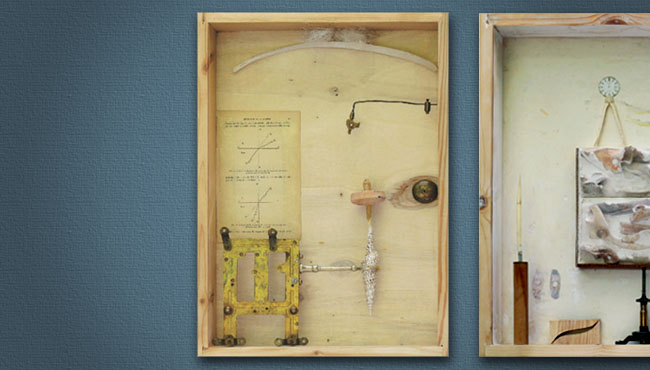Radical Women: Latin American Art, 1960-1985 was the last show exhibited at the Hammer Museum in 2017. The exhibition was part of the Pacific Standard Time: LA/LA, a vast series of exhibitions showcased in various art venues all across Southern California focusing on Latin American art in dialogue with Los Angeles as a city with deep historical roots in Latin America. The exhibition forms around the connections and tensions between artists’ sexuality as women and repressive political systems dominated in Latin American countries at the time. The name “Radical Women” implies the extensive tendency towards radicalism in western feminist art during the same period of time, while the huge difference between Latin American women artists and their Western counterparts is that Latin artists had to combat in another battleground instead of gender equality. This larger battleground is nothing but the repressions, took place under ruling dictatorship regimes. As Helen Molesworth, The MOCA’s former chief curator, noted in the exhibition’s press release: “The lives of many of the artists featured in Radical Women were thus enmeshed in experiences of authoritarianism, imprisonment, exile, torture, violence and censorship”. Therefore the exhibition not only presents what these artists share with their Western counterparts in terms of gender equality, but it also explores the way they respond to their specific socio-political issues as Latin women artists in a critical period of time.
Being revealed is one of the most important trends in this exhibition. This includes different aspects, from personal and individual self-expression to more political commentaries. The act of revealing functions as a subversive strategy to the dominated discourse of repression and if one considers repression as a tool for dictatorships to hide what opposes their ideologies, then the process of revealing could be revolutionary by itself.
In an hour and a half, a series of four black and white photographs from 1975, Mexican artist Lourdes Gorbet was photographed while trying to emerge from a sheet of metallic paper stretched on a frame during a performance. While an hour and a half alludes to the famous Botticelli masterpiece, The Venus Birth, Gorbet appropriates the notion of birth in a modern and realistic way, quite different from the symbolic birth of Venus as the goddess of love, beauty, and inspiration. The artist has dressed modern and casually to symbolize herself as a modern woman artist who is looking to be visible in the real world of society as well as in the world of art. Here the act of revealing has a very basic function, which is as simple as being seen and legitimized as a woman artist.
Three years later, Chicana artist Yolanda Lopez, in a series of self-portrait photographs, mimics Venus while having a bunch of brushes in her hand and standing in front of a shell-like background. While her heroic, radical, and determined gesture addresses her ambitions as a woman artist to be discovered, her constant smile and humble outfit, beside the intentional amateur style of photographs creates an ironic atmosphere. This irony was created playfully to question the mythological symbolic value of a woman and substitute it with a more humble, real, and even funny woman artist for whom being valuable isn’t equal to being elevated to the level of a goddess. In contrary as the gesture shows, her demands in a patriarchal society are as simple as being visible and to be able to work freely.
In addition to revealing themselves as women artists, some other artists focus on the female body as a site for discrimination and repress. While revealing the natural mechanisms of the female body, such as menstruation, giving birth, and sexual excitements, was a recurrent theme in the radical realm of feminist body art and performance art of 70s, in a performance piece called Ritual in Honor of Menstruation (1981) , Colombian artist Maria Evelia Marmolejo expressed her female sexuality by addressing the similar concerns in a radical feminist way. Although Evalina’s menstruation ritual is not complicated, it is certainly allegorical. By uncovering her genitals and letting her menstrual blood drip on the floor, and by rubbing her pubic area against the wall to leave an imprint of her blood, she brings one of the most body-related female taboos to the public sphere. As the performance name signifies, this is not just a simple act of revealing a natural feminine mechanism, but is rather that of a celebration of feminine menstruation as a strong and authoritative gesture opposed to menstruation’s traditional implications of weakness and wickedness.
Far from nudism as a way to address discrimination and imbalanced power relations, Liliana Porter mediates on revealing the representational nature of body. She manipulates her own self-portrait by drawing a rectangle, half on her face and half on the background wall. She deploys a strategy similar to “alienation” in Brecht theaters: by adding an unexpected element, she disturbs the unity of represented female portrait as something real or natural. She seems to reiterate the representational nature of the female portrait by juxtaposing it with an unexpected element.
The most haunting part of the exhibition is where politically charged works are interspersed with earlier feminist works. In Chilean artist Garcia Berrios’s America I don’t invoke your name in vain from 1970, she takes a critical stance against Salvador Allende’s social democratic government in power at the time. A group of shadowlike people in black are emerging slowly from the canvas while their legs are being cut by the bottom edge of the canvas, reiterating the threatening sense that they are walking out of canvas into the real world. These faceless figures address the silent majority of people opposing dictatorships all across Latin American countries and their potential for prospective uprising and revenge.
In Gloria Camiruaga’s video: Popsicle (1982-84), sensual and political are intertwined in a playful way. Teenage girls sensually lick popsicles only to find plastic soldiers at the end. Aside from curators’ interpretation of the work as an implication of the militarized society under Augusto Pinochet’s dictatorship, the video addresses the hidden violence threatening women in patriarchal societies in general, even underneath sweet and tempting sensual pleasures. By reciting “Hail Mary” while licking their popsicles, the girls imply how the interconnectedness between female pleasures and violence have turned into a sacred ritual of masochism. Finally, by showing innocent teens doing an innocent job in an ambiguous way, the work comments on the uncertainty of the terms such as “innocent” and “erotic.”
Radical Women, along with other LA/LA project exhibitions, provided us with a great opportunity to explore the invisible art of Latin female artists. Such exhibitions should and do bring us an awareness about how violence against women differs based on different socio-political conditions and how contrary to what history shares about the female sex being oppressed, violence does take stronger forms under dictator regimes. Putting such exhibitions in the context of the Trump era would also help feminist activists to have a fresh view about the importance of Latino women issues and the necessity of our support, especially in the current political atmosphere of fear and mistrust.
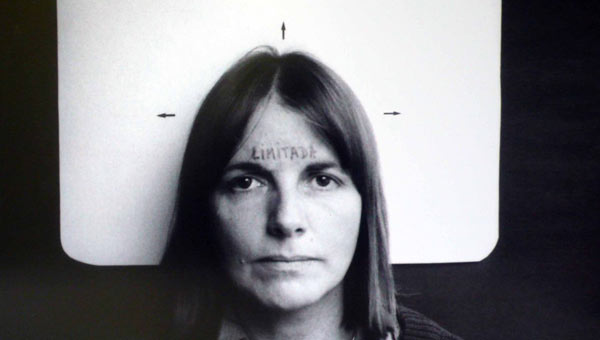
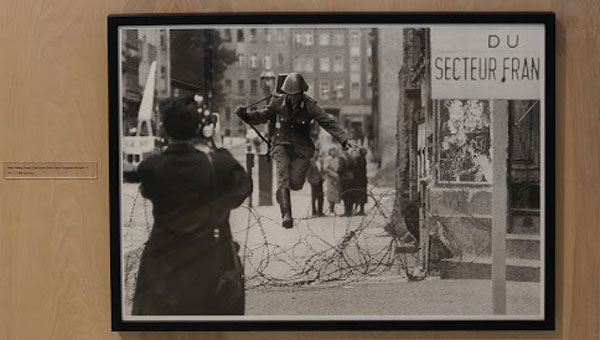



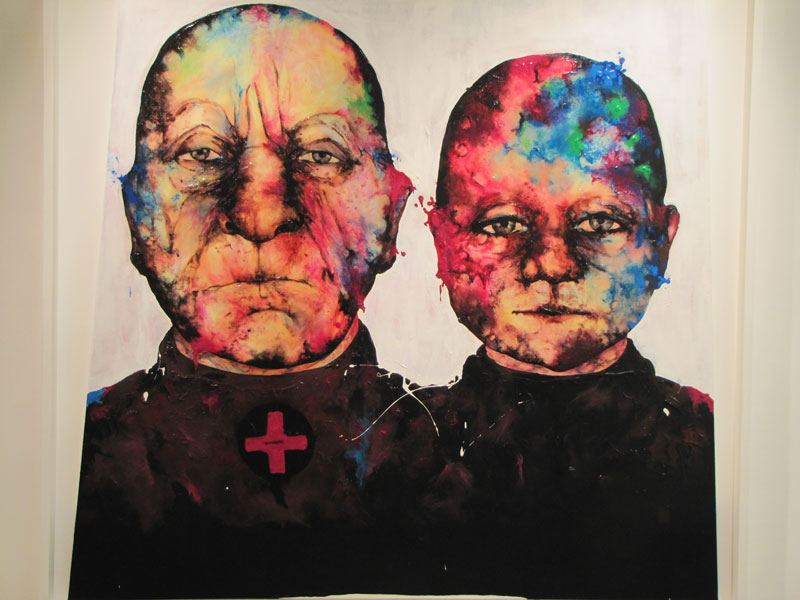
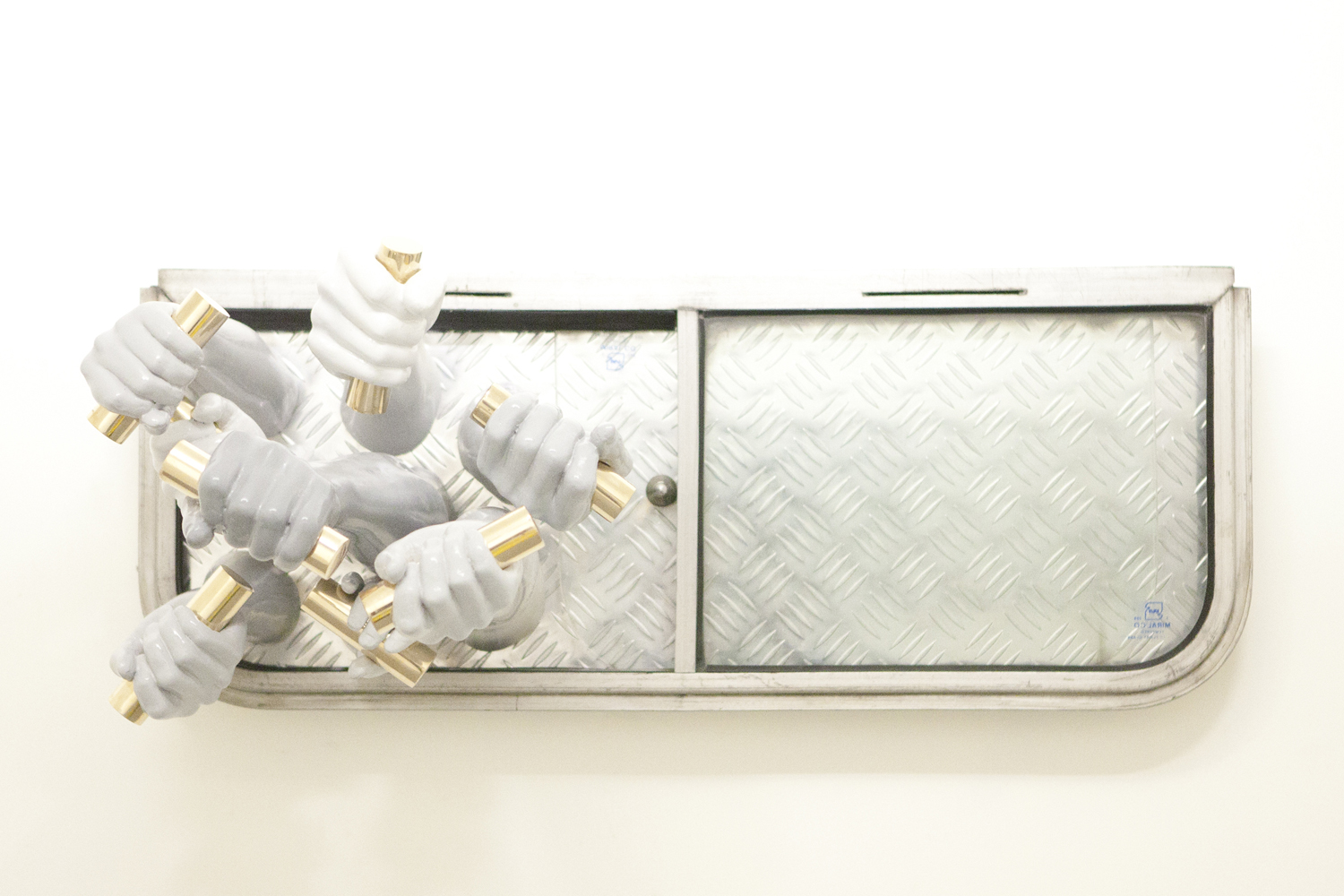
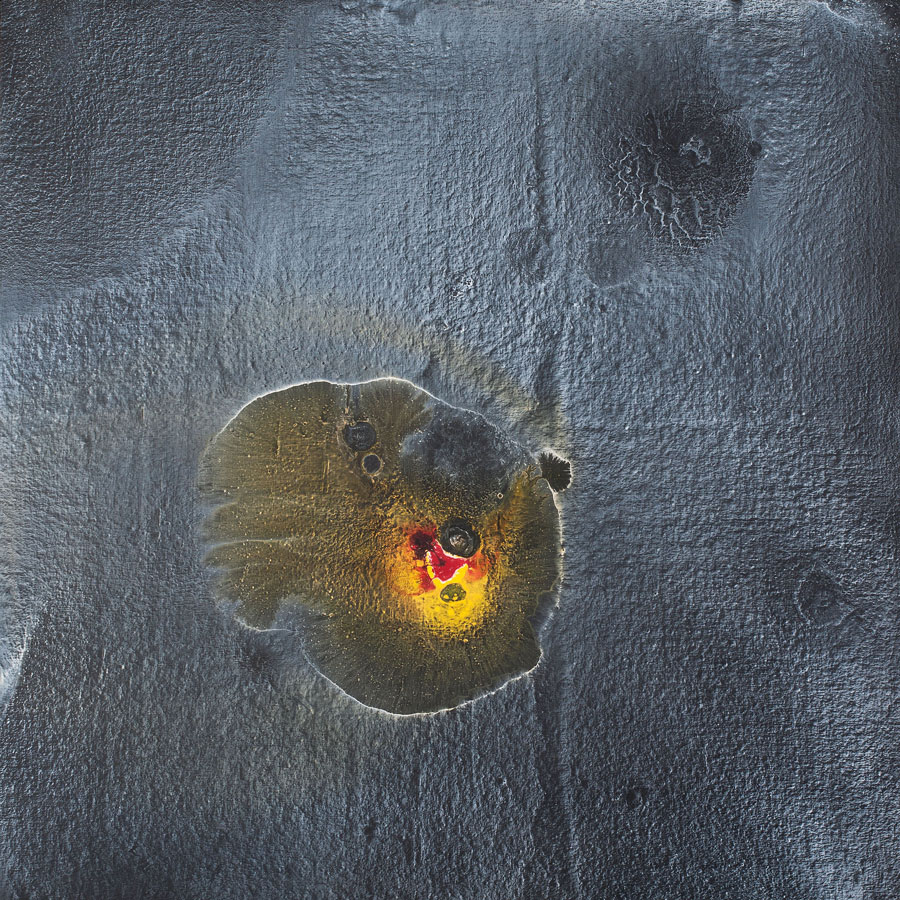
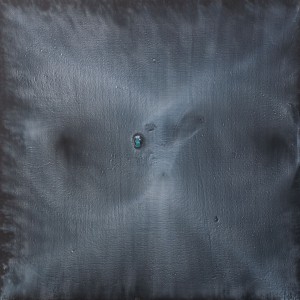 The collection of Revelation by Etminani includes works created in acrylic technique on canvass and is a continuation of the Gray collection; a homogeneous surface which is similar to lead and made of vacuum on whose surface organic circles appear which sometimes look like unicellular organisms and microscopic particles and sometimes look like volcanic lava. Unlike the Gray collection, this time we see inclusion of blue, yellow and red onto the colorful surfaces. As in the past, these works take the mind to the depth with an extraordinary power; in Etminani’s works there is no trace of abstraction, because forms are not only not detached from nature, but quite contrarily, depict the invisible layers behind the nature with a direct, immediate, and cogitative power, namely those layers which transcend the nature itself. It seems we have become microscopic and can traverse into the depth of quantum and colored quarks and plunge into the depth of the internal discovery. The revelation by Etminani, although carried out individually, represents a universal and common language, the unity between the part and the whole, internal and external, the micro and macro world, and the human being and the universe are the elements before him which move beyond the language and geographical borders. The artist’s intentional and selective paintings are in a minimal position, and as color and material in his works behave somewhat spontaneously and in accordance with nature, it is because of this absence of conflict in the process of painting that some critics theorize his style in the framework of Post-Painterly Abstraction, though efforts to place him in the conventional styles seem to be useless, because the accidental elements in his works are in accordance and harmony of function with chance and contrast in nature, rather than a painting technique, and they are the result of an immediacy, not a self-made product.
The collection of Revelation by Etminani includes works created in acrylic technique on canvass and is a continuation of the Gray collection; a homogeneous surface which is similar to lead and made of vacuum on whose surface organic circles appear which sometimes look like unicellular organisms and microscopic particles and sometimes look like volcanic lava. Unlike the Gray collection, this time we see inclusion of blue, yellow and red onto the colorful surfaces. As in the past, these works take the mind to the depth with an extraordinary power; in Etminani’s works there is no trace of abstraction, because forms are not only not detached from nature, but quite contrarily, depict the invisible layers behind the nature with a direct, immediate, and cogitative power, namely those layers which transcend the nature itself. It seems we have become microscopic and can traverse into the depth of quantum and colored quarks and plunge into the depth of the internal discovery. The revelation by Etminani, although carried out individually, represents a universal and common language, the unity between the part and the whole, internal and external, the micro and macro world, and the human being and the universe are the elements before him which move beyond the language and geographical borders. The artist’s intentional and selective paintings are in a minimal position, and as color and material in his works behave somewhat spontaneously and in accordance with nature, it is because of this absence of conflict in the process of painting that some critics theorize his style in the framework of Post-Painterly Abstraction, though efforts to place him in the conventional styles seem to be useless, because the accidental elements in his works are in accordance and harmony of function with chance and contrast in nature, rather than a painting technique, and they are the result of an immediacy, not a self-made product.